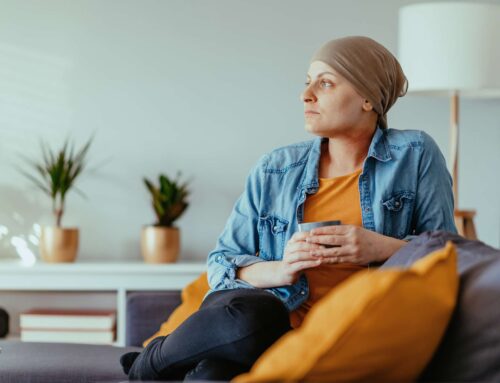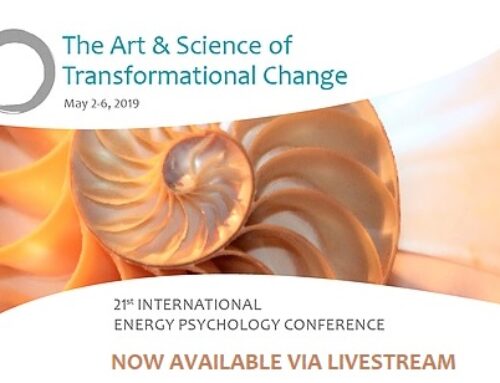Excerpted from NCCIH newsletter, Sept 21, 2018
Low-Back Pain

What Does the Research Show?
- A 2018 report by the Agency for Healthcare Research and Quality evaluated 8 trials of yoga for low-back pain (involving 1,466 total participants) and found that yoga improved pain and function both in the short term (1 to 6 months) and intermediate term (6 to 12 months). The effects of yoga were similar to those of exercise.
- 2017 clinical practice guidelines issued by ACP strongly recommended yoga, based on low-quality evidence, as initial treatment for patients with chronic low-back pain. A systematic review supporting the 2017 clinical practice guidelines evaluated 14 randomized controlled trials and found that yoga was associated with lower pain scores, although the effects were small and were not always statistically significant.
- A 2017 Cochrane review of 12 trials involving 1,080 participants found low- to moderate-certainty evidence that yoga compared to non-exercise controls results in small to moderate improvements in back-related function at 3 and 6 months. Yoga may also be slightly more effective for pain at 3 and 6 months, however the effect size did not meet predefined levels of minimum clinical importance.
- A 2017 randomized controlled trial involving 320 predominantly low-income, racially diverse adults showed that yoga and physical therapy offer similar pain-relief and functional benefits to people with low socioeconomic status who had chronic low-back pain. These improvements were greater than self-education; however, they were not considered significant.
- A 2016 review(link is external) of complementary health approaches for pain management included six randomized controlled trials of yoga for chronic low-back pain (involving 596 adults). The review found that compared with usual care, two studies found that yoga provided improvements in pain and function, but the results were mixed when compared with exercise/stretching. A dose-response study compared once-weekly to twice-weekly classes and found that they produced equivalent improvements in pain intensity and function. Three smaller studies compared yoga with wait list or education control and reported significant modest reductions in pain intensity and function/disability.



